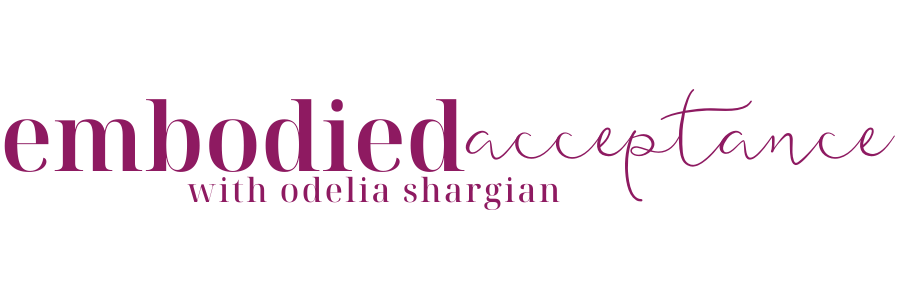Healing from past trauma by listening to the body
What if listening to the body could heal you from past trauma?
Today I'd like to tell you a little bit about Somatic Movement Therapy.
In Somatic Movement Therapy we listen to the body and give it permission to speak its truth through body awareness and movement. As the therapist, I act as a witness to your story, in an atmosphere of radical acceptance. This work connects to places in the body that need support and invites our inherent intelligence to foster deep healing.
This practice is for anyone craving emotional and spiritual growth through a body-based, organic, and intuitive process. We look critically at thoughts and behaviors that no longer serve us, uncovering the deeper causes of these patterns, and physically releasing the tension they create in the body.
Our highly developed intellectual mind can often get in the way of healing from early wounds and traumatic experiences. It can distract us from authentically feeling the original experience viscerally, which is necessary for true healing. Working through the body can give us direct access to information that is not as readily available from the conscious mind.
Here's what one of my clients shared about her process:
“I see how Somatic Therapy can be a powerful way for me to add a deeper dimension to my personal journey of self-awareness and growth-maybe even to break through old, limiting patterns in a way that traditional talk therapy hasn’t yet been able to.”
The body holds everything we have ever experienced. Every injury, physical or emotional, every fear, every delight… But often we don’t have the time or resources to process things immediately. Often we go through periods where we are surviving, and our survival is to be celebrated. But what to do with the effects of our life? When and how do we process them, to allow ourselves to use what is working and release what is not?
A typical Somatic Movement Therapy session often includes talking, grounding, focusing our awareness on body sensations, locating body feelings, emotional release, touch, movement, and other expressive arts such as writing and drawing.
One aspect of this work can include exposing the trauma of diet culture, misogyny, and fat-phobia we have experienced, and releasing lifelong shame around body image, however, the work is not limited to this topic and as the client always gets to choose what they would like to work on.
What questions do you have about SMT?
Please write back to me with your questions.
